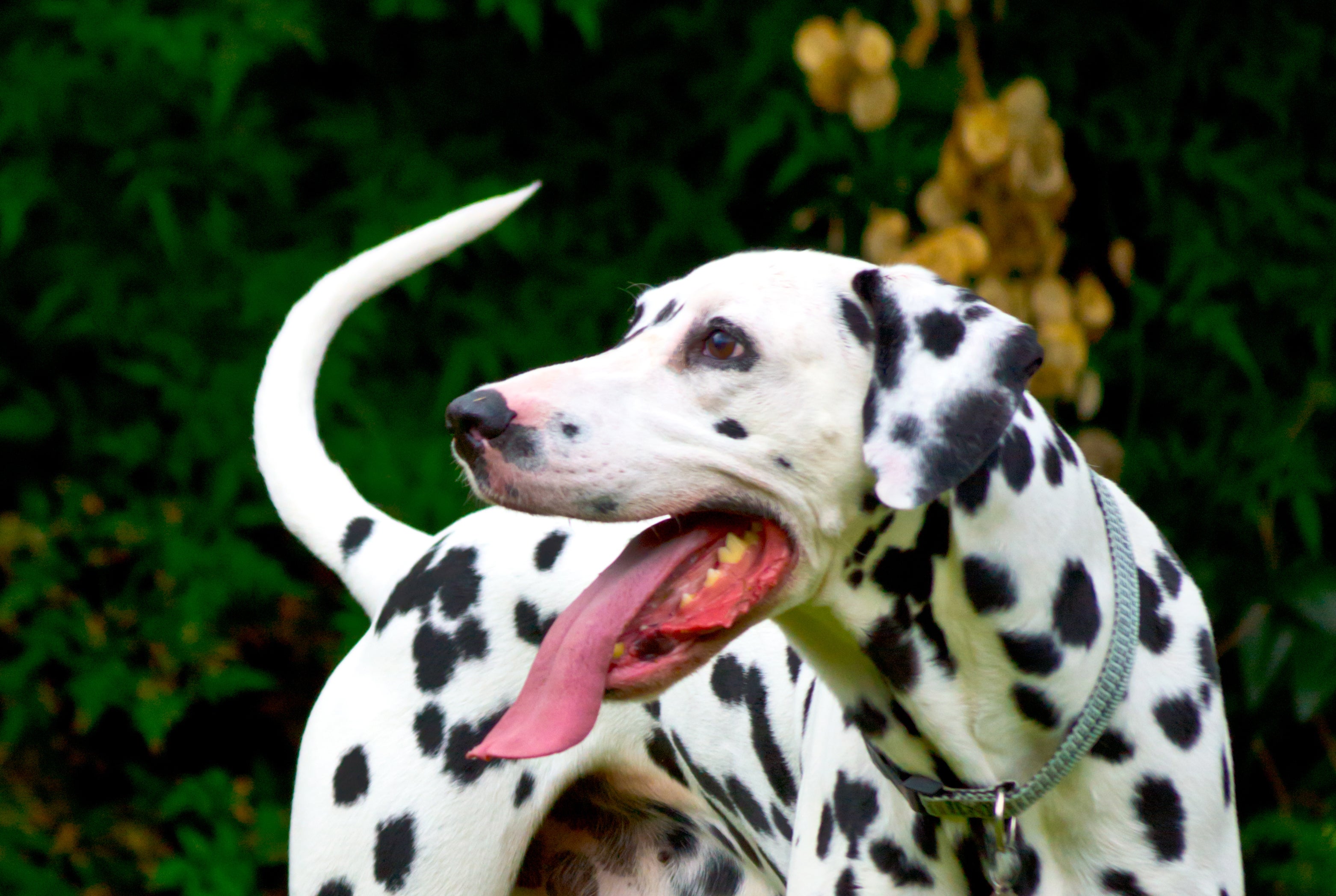[ad_1]

Like any dog owner As you know, there are a few foolproof ways to detect a puppy’s tail wagging: coming home from work, picking up his favorite toy, or pronounce the word “outside.” But why do dogs wag their tails? Is it just because they are happy? It turns out that the answer is complex.
Tail wagging is “clearly a communication mechanism,” says animal behaviorist Nicholas Dodman, professor emeritus at Tufts University and director of the Center for the Study of Canine Behavior. In most cases, “wagging your tail is like waving a white flag of surrender, saying, ‘I’m happy to see you and I pose no threat,’” he says.
But dogs use their tails to communicate more than just happiness, both to humans and other dogs. An upright tail can imply dominance, a horizontal tail can imply neutrality, and a lowered tail can mean submission, Dodman says. Frantic movement implies excitement, while slow movement suggests ambivalence. Dogs can also have a “helicopter tail” or “circle,” which is when their tail spins like a helicopter blade, a sign of extreme joy, she says.
About supporting scientific journalism
If you are enjoying this article, please consider supporting our award-winning journalism by subscribing. By purchasing a subscription, you help ensure the future of impactful stories about the discoveries and ideas that shape our world today.
Dogs have very limited vocalizations.gruntshe whines and barks, so They communicate with body languagesays Dodman. In addition to the tail, dogs use other parts of the body to send signals. For example, they may retract their lips, put their ears back, adopt a hunched or upright body posture, or roll over in submission, she says.
Veterinary physiologist Federica Pirrone of the University of Milan (Italy) suggests that tail wagging in dogs is similar to gestures during human speech, “something that I, being Italian, am especially attuned to,” she says. .
The wagging tails are visible from a distance, allowing dogs to communicate with other dogs while maintaining enough space to minimize conflicts, an idea supported by studies indicating that dogs’ eyes can focus better on objects that are one or two feet away that those who are closest and See moving objects better than static ones.. This can be useful when they want to signal to other dogs that they are happy or cautious.
Humans also respond to movement and tend to read a lot into a dog’s tail wag, “although we can occasionally misinterpret these signals,” Pirrone says. In fact, our responsiveness to tail wagging may be part of the reason dogs have adapted this behavior over tens of thousands of years of domesticity (scientists now believe that dogs’ ancestors dogs may have begun to be domesticated). 35,000 years ago., possibly without intentional effort on the part of humans). Studies show that wolves don’t wag your tail so often like dogs and that Dog puppies wiggle at a younger age. than wolf cubs. This behavior would have been especially necessary in the early phases of domestication, when the animals’ ability to interact with humans was critical to their success as a species, he says.
The evolution of tail wagging may also be a genetic fluke. Scientists have suggested that more frequent tail wagging may be a byproduct of dog domesticationperhaps due to a Genetic link between tail anatomy and tameness.. In a famous long run experiment in russiaGeneticists who domesticated silver foxes for generations found that domesticated foxes wagged their tails regularly and acted more like dogs than their wild counterparts.
But still, human preferences would probably have played a role. TO recent review A study of the science of tail wagging led by biologist Silvia Leonetti of the Italian University of Turin suggests that people may have selectively bred dogs to wag their tails because humans responded to their rhythmic nature as they do to the rhythms of music.
“We attach a lot of meaning to this; we think that a dog that wags its tail is a happy dog, for example,” Leonetti says. “That’s why we need to understand this behavior and all its complexity.”
Other clues to the origins of tail wagging could come from the canine brain. A study discovered that dogs wag their tails a “bias” toward the left or right side, depending on whether they are experiencing positive or negative emotions. This shows a “lateralization” of tail wagging in a dog’s brain, he says, which could reveal more about the behavior.
In their review, Leonetti and his colleagues proposed ideas for future studies that could reveal more about the movement, one of which involves looking at scans of a dog’s brain while monitoring its tail. Dogs are one of the few animals for which non-invasive brain scans have been developed, and neuroimaging will help identify the parts of a dog’s brain that govern behavior, the authors wrote.
Pirrone is skeptical, however, that our affinity for tail wagging is reduced to its rhythm, mainly because it can’t be heard, unlike many other rhythms that humans respond to. And experiments to discover more will be challenging, he says, because of the complexities of defining rhythmic behavior and the limited scientific understanding of the cognitive architectures that underpin rhythms.
However, this type of research is worth doing, he says, because it promises to “reveal new scientific revelations about the complex dynamics behind the disease.” our deep bond with dogs.”